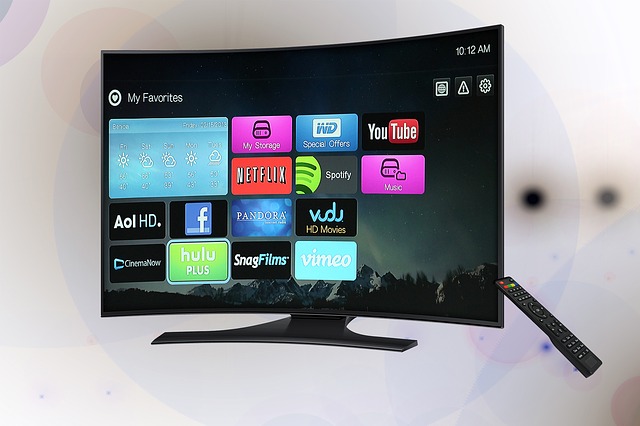7 Revolutions in the TV Entertainment Industry
Long before the Fourth Industrial Revolution took over the world and gave us countless options of enjoying some good ol’ television entertainment, there was simply an idea. An idea for an invention so innovative and advanced for its time that most would deem it to be witchcraft. Perhaps, you too have wondered what secrets a 90-year-old invention holds. Below are the seven key moments in the history of television that revolutionized the entertainment industry as we know it.
1. Origins and evolution of TV
Philip Taylor Farnsworth was the first person to push for an electronic television, an upgrade from mechanical ones. Scientists kept improving upon the design and kept trying to find new and better ways to have a visual experience over the television rather than just an auditory one on the radio. And in this new day and age, manufacturers try and push towards the picture quality being as realistic as possible while the television set itself sporting a minimal footprint.
2. Rise of cable TV
In the late 1940s, cable television started to take shape and gain popularity. At the time, it was the perfect solution to counter poor reception in community areas. Early cable had its ups and downs, but it provided a stable connection and thus, provided a lot more programming options even to the folks living in remote areas. Today, companies use cable to give access to their subscribers to VoD (video on demand), video entertainment and much more.
The variety in the content can be beneficial for the development of a human mind. Read this to find out how teaching strategies deployed via television can be educational.
3. Advancements for better picture
The struggle for higher picture quality has never stopped. From a transition to colored from B&W and a rise of 4K TVs, we really have come a long way. In the 1990s, the first camera supporting real-time HDR was introduced. Basically, HDR brightens the whites and darkens the blacks resulting in higher contrast and more vivid colors. In this day and age, HDR has become pretty much standard all over and we’re even seeing work on display resolutions much higher than 4K.
4. Audio enhancements
Good and clear sound is just as important for a TV to have a high-res picture. Who wouldn’t want a cinema-like experience in their own home? We went from having one speaker, to having L+R speakers and then supporting full support for a sound that occupies your entire room. Dolby Atmos is a surround-sound technology that has kept on gaining popularity for past years. And, we’re seeing TVs such as LG and Samsung having support for Atmos as well.
5. Streaming television
In the mid 2000s, TV programs began to be available for the public through the Internet. But that wasn’t it. After Youtube gaining popularity, Apple’s iTunes began offering TV programs available for direct download in 2005. Netflix, a DVD rental website, began offering streaming services through subscription-based payments in 2007. Similarly, HULU launched its streaming services in 2008, which have their fair share of popularity. In fact, HULU has jumped on this fast-moving bandwagon and have made quite a few advancements themselves- which we’ll be getting into below.
6. Smart TV
Put simply, a smart TV is a television set with internet capabilities. A smart TV has its own OS plenty more features. It also gives you access to streaming services such as Amazon Prime, Netflix, HULU etc. To bring forth the age of digital TV, a lot of devices have popped up which essentially helps cut the cord. Google’s Chromecast, Amazon’s Fire TV, and Hulu Live TV are just a few examples. You can read an in-depth analysis of Hulu Live TV here and see what it has to offer if you’re curious enough about it.
7. Interactive Shows
Just like video games that offer players choices that affect how the story plays out, we’re now in a time where TV shows are doing that. Netflix released Black Mirror: Bandersnatch which is a prime example of this. Although still in very early stages, we hope to see more of these interactive shows as they offer a new perspective on television entertainment.

